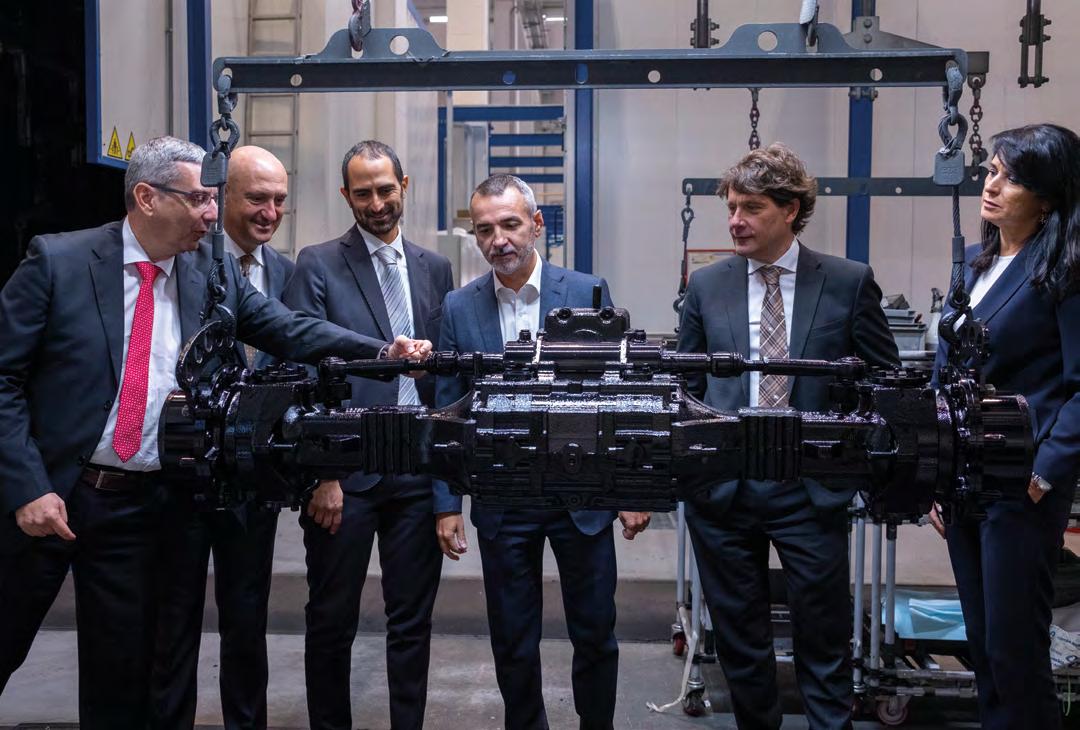
2 minute read
WASTE GENERATION AND MANAGEMENT
The Company manages the waste generated by its processes with a approach aimed at:
• full compliance with the national or Community regulatory framework;
• Reduction of the amount of hazardous waste generated.
Management is supported by a monitoring system implemented for all sites, which makes it possible to check progress using an analytical dashboard and to assess the action areas having the greatest environmental and economic impact. With the goal of simplifying the data collection process and facilitating timely, precise analysis of the amount of waste generated, a specific management program is planned to be installed at all Italian sites during 2023.
Waste transport and final treatment activities are carried out in compliance with the national directives of each plant where the Company operates, through disposal service providers authorized according to local regulations. Periodically the Company monitors the validity of the relevant authorizations both centrally and at the site.
Waste
Machining and painting operations are the processes that generate the main hazardous waste such as emulsions and aqueous solutions and non-hazardous waste such as metal scrap.
In 2022, the Company generated 16 thousand tons of waste divided between: 14% hazardous and 86% non-hazardous. Regarding the portion of hazardous waste, there was a 44% reduction compared with the previous year. The result was mainly the result of the use of water treatment plants at the Jiaxing, Lohmar, and Monguelfo plants.
The Company has a total waste intensity rate of 62.8. The latter is divided by hazardous and nonhazardous waste with respective rates of 8.6 and 54.2. Specifically, compared with the previous year, the hazardous waste rate saw a significant improvement of 35% versus a 120% increase in hours processed. The result is due both to the adoption of water treatment plants and the efforts and actions implemented by the company in recent years to reduce the environmental impact of its waste. In fact, on a like-for-like basis compared to 2021, there was a decrease in the hazardous waste intensity index of more than 5% compared to 2021.
L - Machine hours for product manufacturing, resulting from the actual progress of production orders in the system.
M - (hazardous waste / machine hours for product manufacturing) * 10,000
N - (non-hazardous waste / machine hours for product manufacturing) * 10,000
O - [(hazardous waste + non-hazardous waste) / machine hours for product manufacture] * 10,000
Distribution By Category Of Waste Generated
Due to the use of water treatment plants, there was a positive trend in the amount of hazardous waste as a percentage of total waste generated.
Distribution By Treatment Type
The analysis of the destination and treatment of waste generated at the sites in 2022 showed that 93% of the waste produced is managed through recovery operations, while the remaining 7% is destined for disposal. Compared with the previous year, the percentage of waste going to disposal operations improved by 35%, in line with the reduction in the portion of hazardous waste. Percentages that underscore the commitment to reducing the environmental impacts of products from a life-cycle perspective.







